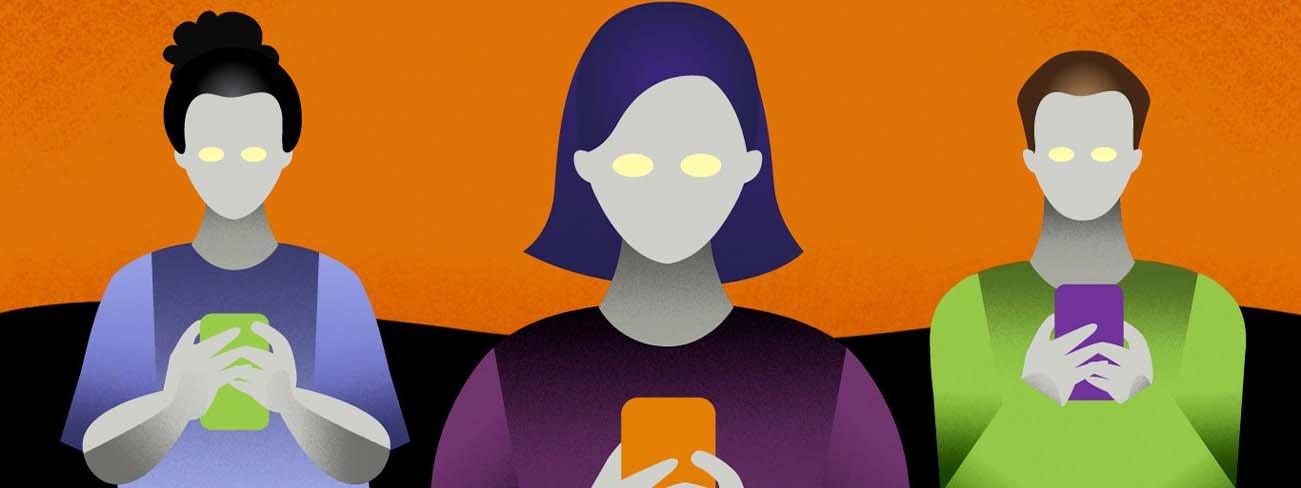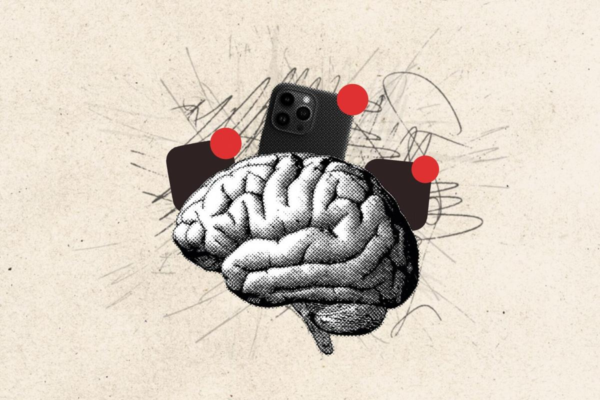How TikToks, Shorts And Reels Are Ruining Your Life

So the title might be a bit exaggerated; nonetheless, I do not believe it is entirely false. It’s 2023, and we’re in the era of scrolling short-form videos. Tiktoks, reels, shorts, and now even Twitter and Spotify have jumped on this bandwagon, but why is every app becoming inclusive of this content barely 60 seconds long?
Origin of Short-form Videos
Short-form videos can be traced back to 2014, however, they rapidly gained traction in 2020 due to TikTok. While we were quarantined in our homes with the majority of the world switching online, TikTok with its algorithm-driven content discovery worked wonders and user activity skyrocketed. The content was engaging and kept things interesting.
Instagram and YouTube followed suit, and before the end of 2020, we also incorporated reels and shorts into our lives.
Reasons for Success
To put it briefly, these short videos are quick and easy, they are not time-consuming and are quick to view. Your friends are much more likely to watch 5 reels you sent them rather than a 10-minute video.
You watched the reel above, right? (If not, then never mind).
Moreover, short videos are easy to consume, and short attention spans thrive on these as the message is delivered efficiently and fast. The next video is already loaded before you even scroll.
Furthermore, the creator can also benefit because making these videos is generally a simple process. The platforms are free to use; therefore, as long as you have a phone, anyone can make content.
How Scrolling Alters Our Brain
It may feel a little good to be a little degenerate, but, this is not a win-win situation, as these bite-sized videos come with a handful of concerns
- Short attention span: constantly switching from video to video could accustom your brain to immediate satisfaction, and this could result in a more challenging time focusing on lengthy tasks. Ever seen those TikToks with half the screen divided with someone playing Subway Surfers at the bottom to keep viewers’ attention?
- Dopamine addiction: through watching shorts, your brain consistently releases a neurohormone called “dopamine,” which is linked to pleasure. Thus, you may keep craving it until you enter a cycle of mindless scrolling, leaving you “addicted.”
- Retaining information: with new information and content being thrown at you by the minute, processing and digesting it may prove hard as there is barely any time for critical thinking. This can also lead to impaired memory.
Impact on Everyday Life
How many times have you thought to yourself just one more video, and suddenly you look at the time, and somehow an hour has vanished?
Watching a few shorts seems almost harmless, considering they aren’t even a minute long, but when you end up watching 40 in a row, they prove to be time-consuming and aid in procrastination. The time that could be spent learning new skills or healthy hobbies is drained by limitless scrolling.
Late-night scrolling has also proven to contribute to sleep disruption. A general addiction to any kind of social media has been linked to various mental health problems, such as anxiety, depression, and feelings of isolation.
Nevertheless, to play the devil’s advocate, there is no doubt that these are entertaining and can offer relief from stress. Short videos are concise and to the point, providing information as efficiently as possible.

Mindless scrolling of those split-screen GTA5 racing videos
Conclusion
So are your parents right? Is your phone the reason for all your problems?
Maybe not all, but I do believe that if a time limit is not set, and you’re indulging content as if you’re brain dead, then shorts, reels, and TikToks might play an important factor in them. While shorts provide entertainment, unlimited access is definitely unfavorable and might lead to copious damage. This includes a short attention span, time management issues, and many mental health problems.








Can you be more specific about the content of your article? After reading it, I still have some doubts. Hope you can help me.
Thanks for sharing. I read many of your blog posts, cool, your blog is very good.
Thank you for your sharing. I am worried that I lack creative ideas. It is your article that makes me full of hope. Thank you. But, I have a question, can you help me?